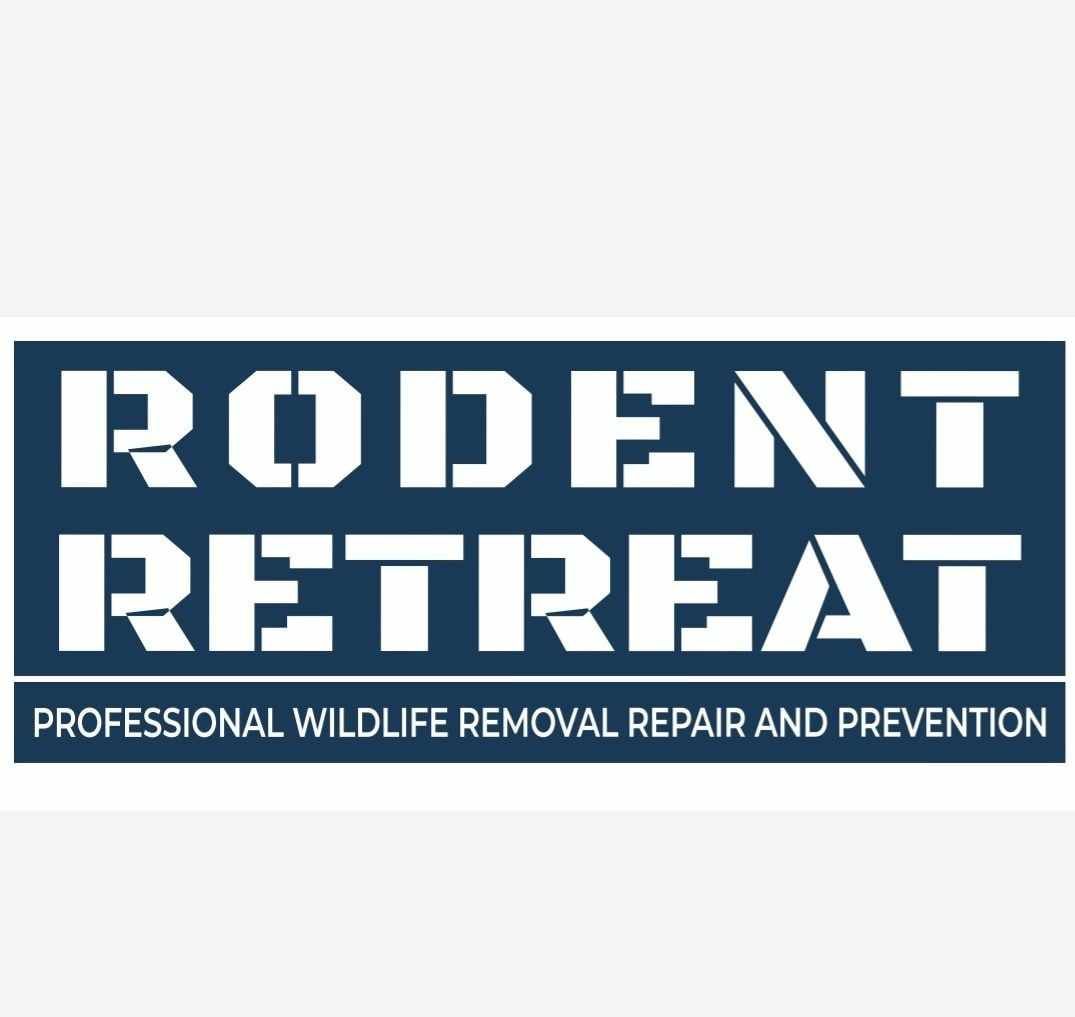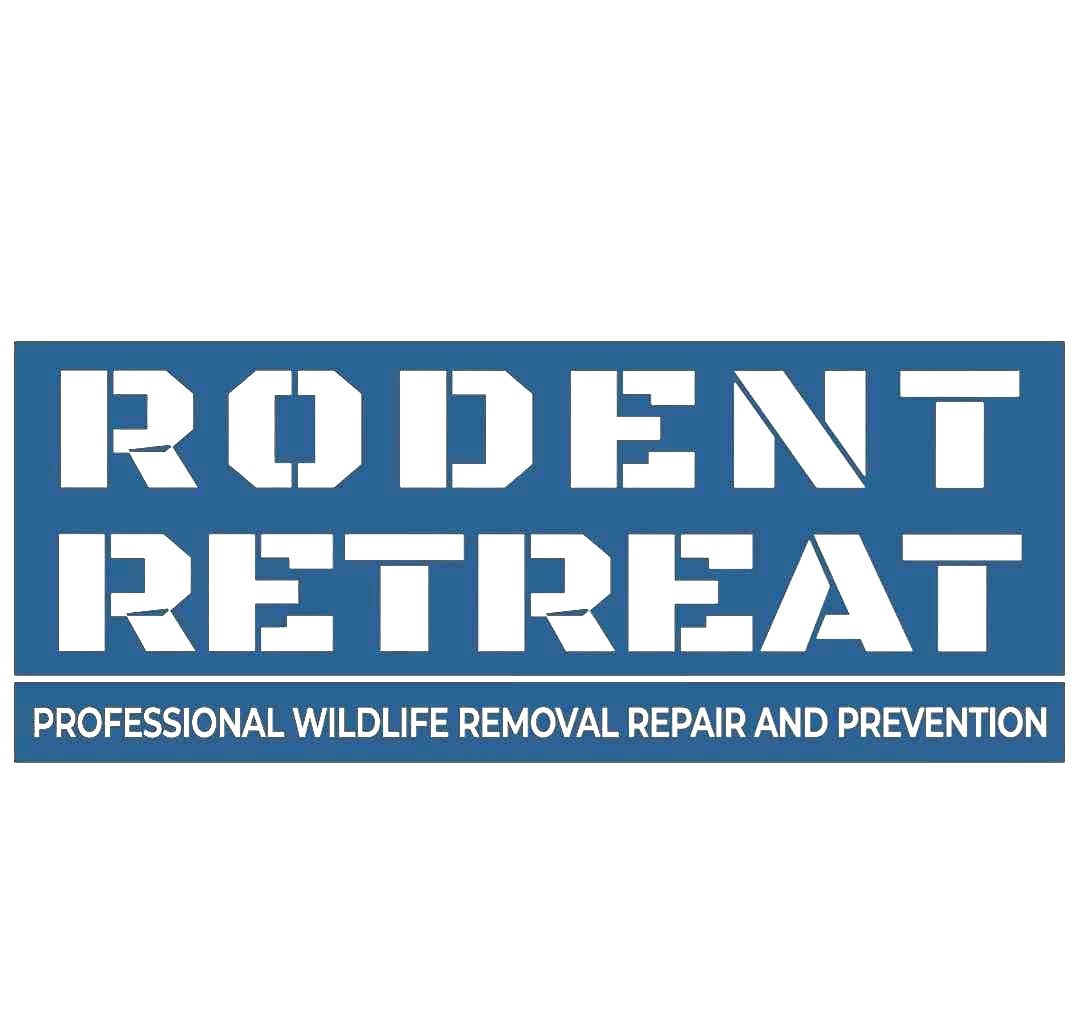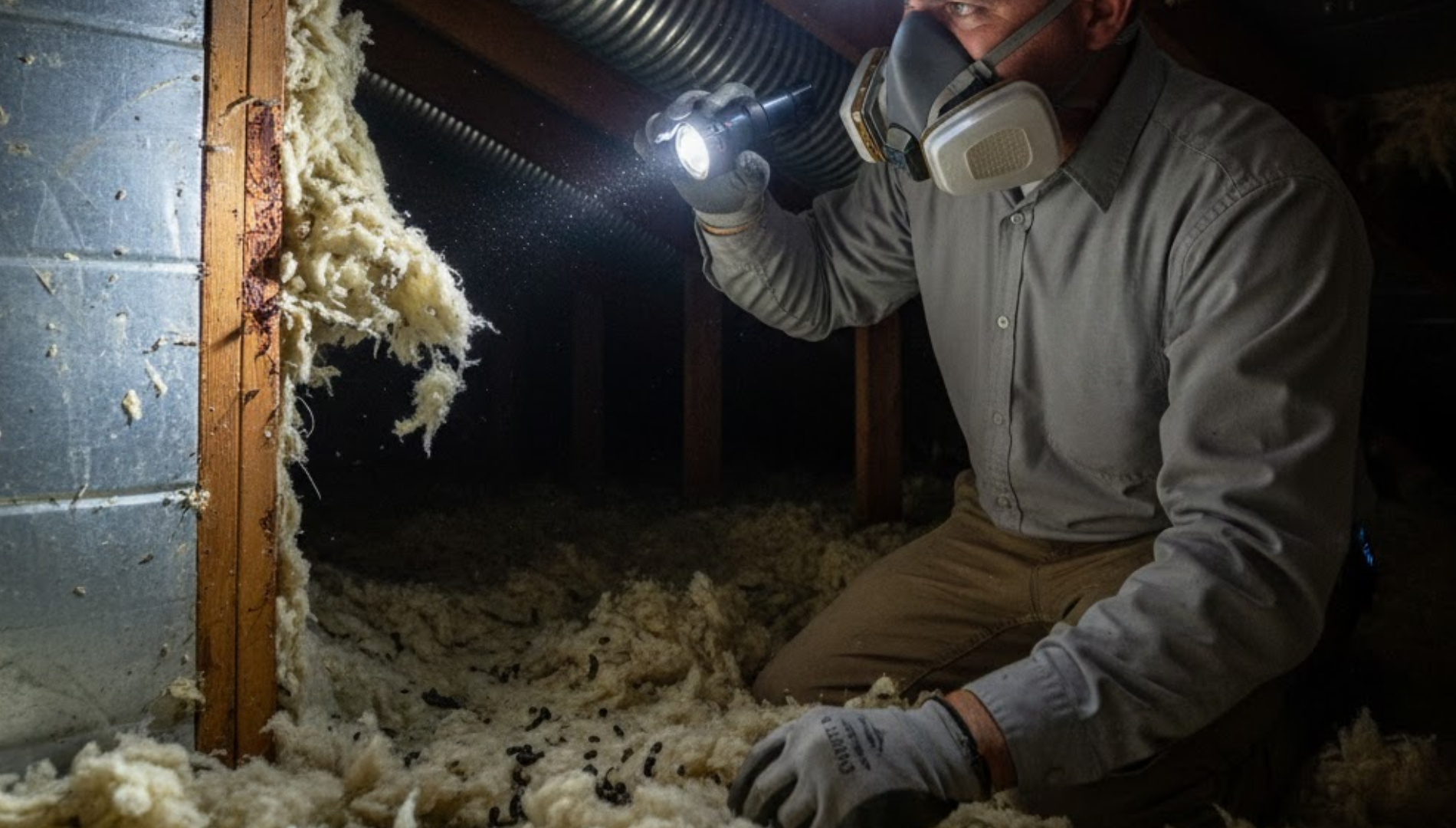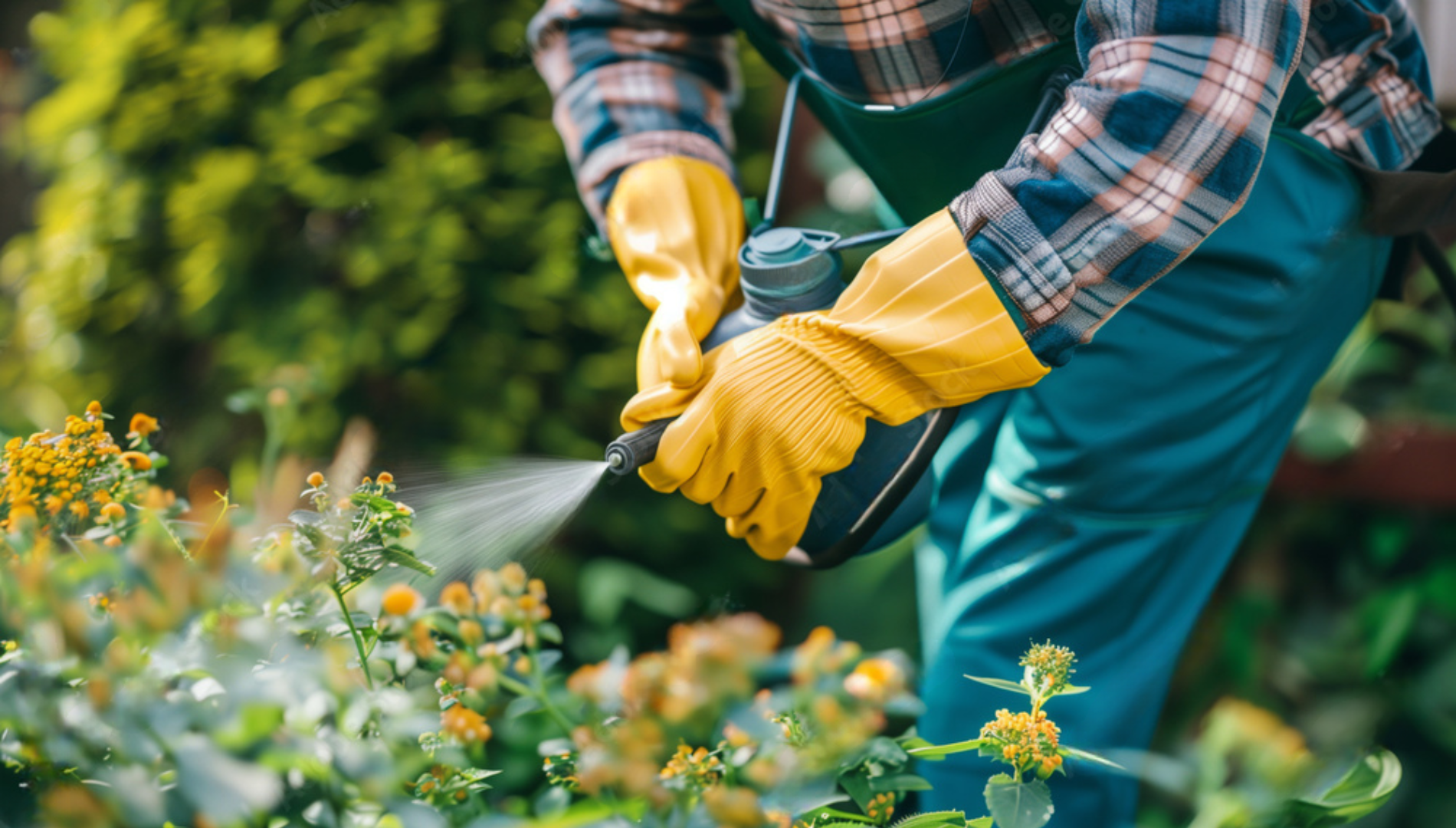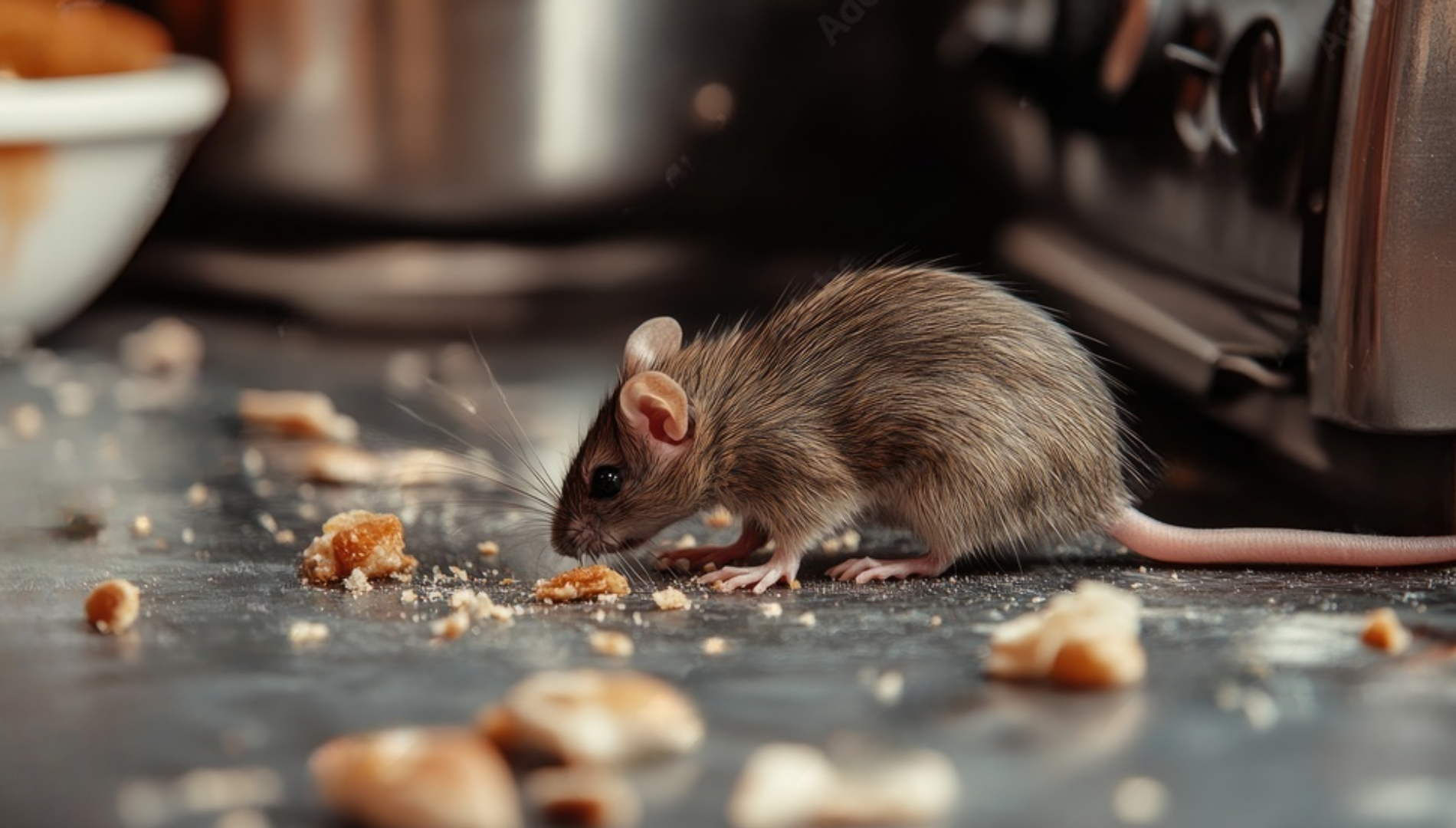Raccoon Removal: Expert Tips & Easy Solutions For Homeowners
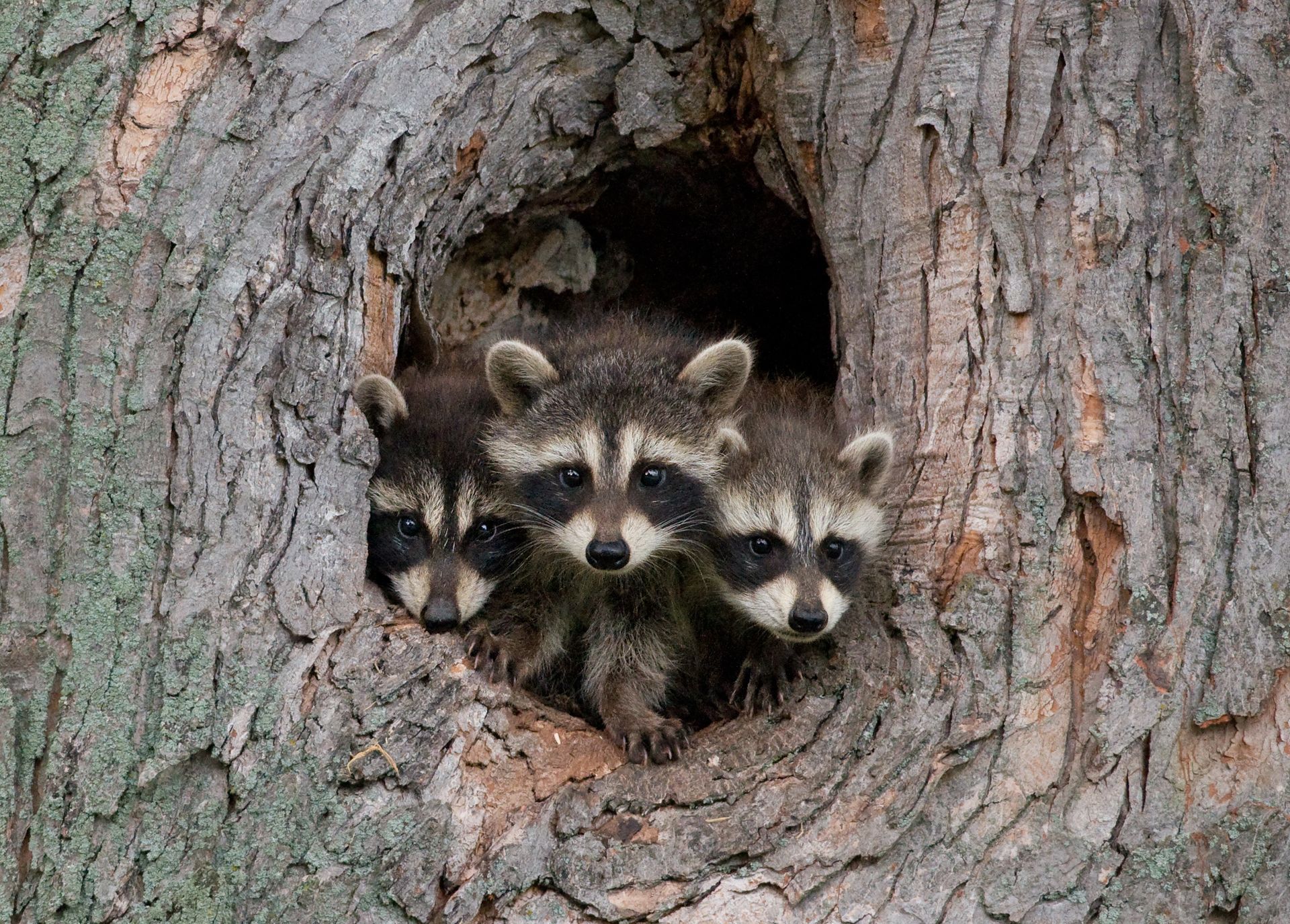
Handling a raccoon problem in Texas can be hard for homeowners. Raccoons are smart animals. They can be a big trouble for people. These animals do not just cause problems as nuisance wildlife. They can also harm your home and might even bring health risks. When it comes to wildlife removal in Texas, there are laws that must be followed. Raccoons are protected by Texas laws. So, you have to focus on humane ways to remove them. You need to act fast with any raccoon problem. This will keep these pests from taking over your house and making it their home. In the next part, we will talk about signs to look for if you think raccoons are taking over your place.
Common Signs Of Raccoon Infestation In Texas Homes
Knowing when you have a raccoon infestation is very important for pest control. If wild animals get into your Texas home, they often leave signs. At night, you may hear strange sounds or notice broken things. Raccoons often make entry holes in attics, vents, or roofs, and these are clear signs they are in your house.
You may also spot paw prints or droppings near walls or by garbage cans. These signs show you might need to think about wildlife control. You need to act fast when you see them, so they do not cause more harm to your home. Below are some key things that show raccoons are in your area.
Nocturnal Noises And Disturbed Trash
Have you been hearing odd sounds at night? Loud thumping, scratching, or growling in the attic or inside the walls are good signs that you have a raccoon problem. These animals are awake after dark. The raccoons are out at night to look for food, so you notice them after the sun goes down.
You might also see trash all over your yard because of your garbage cans. Raccoons use their hands to get into trash cans and spill the garbage find what they want. If you leave pet food outside, you can also attract raccoons. This will keep them coming back for more at night.
It is important to learn about these habits if you want good raccoon removal Texas results. Do not ignore steady noises at night or garbage can messes. These things can be signs that there are raccoons around. Next, we will talk about other signs, like broken things in your yard or droppings that show you have raccoons.
Physical Damage And Droppings
Raccoons are known for causing lots of property damage when they get into a place. They can tear up soffits, break vents, and chew on electrical wires. All these things can hurt the structure of your home. If you see paw prints in wall gaps or trails on the roof, this is a clear sign that these animals are around.
Raccoon poop is another big concern. The droppings are usually dark, shaped like tubes, and show up near their nests. Raccoon poop is a warning that it’s not safe because it might have things like raccoon roundworm in it. This is very bad for domestic animals and can make people sick too, especially those who clean up the mess.
When you find these signs like damaged wires or raccoon droppings, you should get wildlife control experts to help right away. They will help stop the problem from becoming worse. Next, we will talk about why raccoons are often found at Texas properties.
Reasons Raccoons Invade Texas Properties
Raccoons come into spaces because they are looking for food and a place to stay. Open trash, pet food left outside, or water on your property can get their attention. These things act like signals to invite raccoons. They also use places like attic spaces or openings under the house. These give the animals a safe place to build a nest.
The way a property looks, along with the time of year, affects when and how raccoons show up. Weak entry points in colder months can help them get inside. Knowing why raccoons come around helps people stop them from getting in. Now, let’s learn more about the food sources and the way raccoons act during each time of year in Texas.
Food Sources And Shelter Opportunities
Raccoons will eat whatever they can find, so they come to your home if there is easy food nearby. You may bring them over without knowing it in these ways:
- Unsecured pet food: If you do not put away pet food bowls at night, raccoons will come eat what is there.
- Accessible garbage cans: Raccoons love garbage cans with loose lids or no covers.
- Small openings in property: Little gaps in vents or the attic give raccoons a good place to hide.
- Attic shelter points: Raccoons look for warm and safe places like attics to nest in during the cold Texas winter.
Raccoons will go into the attic, chimney, or any crawl space they can. They try to use every weak area they find. You can protect your home from them with the right control methods. Next, we will see how raccoon habits change as the weather does.
Seasonal Behaviors Of Texas Raccoons
The time of year changes how raccoons act on Texas properties. In colder months, raccoons do not move around as much. They look for shelter in attics, chimneys, and crawl spaces. This helps them stay warm. In mild weather, raccoons in urban areas find it easier to look for food, mostly during spring and fall.
In spring, raccoon mothers often get into attics to make nests for their babies, called kits. As the weather gets warmer, raccoons get more active. They go out more to look for food and build up fat before winter.
If you know about these changes, you can plan pest control at the right time. This helps you be ready for when raccoons might get into your home. Next, let’s talk about health and safety risks that these unwanted animals can bring.
Health And Safety Risks Associated With Raccoons
Raccoons are not only a trouble for homeowners, they can also cause big health problems. One of the most important issues is the way they spread diseases like raccoon roundworm. Raccoon roundworm can spread to you or others through their droppings. Fleas and ticks on their fur can get onto your domestic animals, and this can make things even worse.
Raccoons can cause other trouble too, like making your home messy or unsafe. That is why using wildlife removal when you see raccoons is so important. It helps keep your family safe. In the next part, we’ll talk more about diseases, the danger from parasites, and how these animals can hurt your house.
Structural Damage And Fire Hazards
Raccoons can cause a lot of damage at your place. They are strong and can pull apart roof shingles or attic insulation, which can lead to significant damage. If they get inside, raccoons are risky because they chew on electrical wires. This can make electrical wires dangerous and even start a fire or cause other big problems.
Their droppings also soak into attic insulation and the wood beams, making these repairs expensive for you. Raccoons make their nests bigger, which leads to wider entry points. This brings in more nuisance wildlife and can make things even worse.
It is important to get professional raccoon removal and repairs done to stop these issues. Now, let’s talk about safe and humane raccoon removal methods that Rodent Retreat recommends.
Humane Raccoon Removal Techniques Recommended By Rodent Retreat
Wildlife removal services like Rodent Retreat put focus on using a humane manner to handle raccoon problems. Their techniques include live trapping and sealing entry points. This means they remove the animals safely and do not hurt them. Working this way can help fix wildlife issues and it also follows Texas laws.
These professionals do more than just general critter trapping. They also seal up entry points to help you keep wild animals out. Each wild animal control solution from these teams can be changed based on what you need. Now, let’s take a look at some ways these expert services can help keep your property safe.
Safe Trapping And Relocation Methods
Live trapping is a good and kind way for raccoon removal. The team puts cage traps close to areas the raccoons often go. They use sweet foods like marshmallows or cherries to lure them into these humane traps. When the raccoons get caught, professionals move them somewhere safe and far, so there is no danger to anyone.
Direct capture is not done because there are health risks, like rabies. In Texas, you must have written permission to move raccoons to meet state wildlife rules. If there are baby raccoons without parents, wildlife specialists work with local animal help centers so the young ones get care.
These ways show a safe plan to handle unwanted raccoons. Now, let’s look at ways to block them so they can’t come back at all. See more on Pro Raccoon Removal: Why Your Home Needs It.
Exclusion Strategies To Prevent Re-entry
Stopping raccoons from getting back in means using steps that work well. There are some main ways to do this:
- Entry repair: You need to fix broken vents, roofs, or crawl spaces. This step is key to keeping raccoons out.
- Chimney caps: Put covers on chimneys. This stops raccoons from going in and making nests there.
- Heavy-duty fencing: Use strong fences to protect your vegetable garden and trash bins that raccoons can get into.
- Tree pruning: Trim branches close to your house. This keeps raccoons from climbing up your walls.
These steps help keep raccoons out and block future invasions. When you bring in professional raccoon removal, your home will be more safe and free of raccoons. After this, we will talk about how you can clean up and fix your place once you have had a raccoon infestation.
Conclusion
Dealing with a raccoon infestation needs both awareness and action. When you spot the signs of a raccoon invasion and learn why these animals come into your space, you can take the right steps to lower the risks. It’s important to use kind ways for raccoon removal, and keep up with prevention to protect your home and your family’s health. After raccoons are gone, you need to clean up well and repair any damage to get your place back to normal. If you want help with raccoon removal or stopping them from coming back,
reach out to Rodent Retreat today. Your home should always have the best protection from wild animals!
